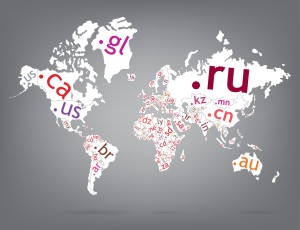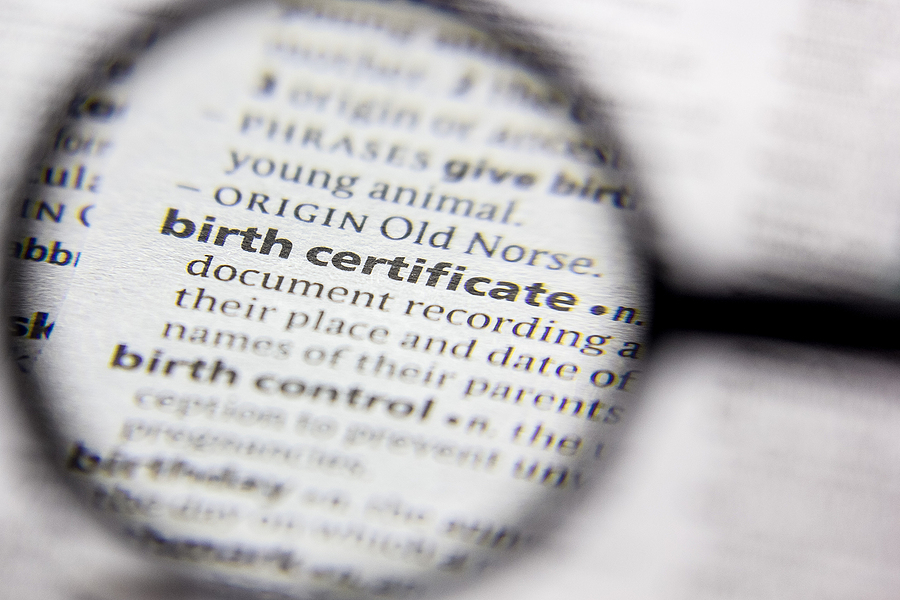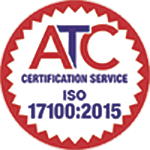Quick Quote
Archives
- November 2023
- October 2023
- September 2023
- August 2023
- July 2023
- June 2023
- May 2023
- April 2023
- March 2023
- February 2023
- January 2023
- December 2022
- November 2022
- October 2022
- September 2022
- August 2022
- July 2022
- June 2022
- May 2022
- April 2022
- March 2022
- February 2022
- January 2022
- December 2021
- November 2021
- October 2021
- September 2021
- July 2021
- June 2021
- April 2021
- March 2021
- February 2021
- December 2020
- October 2020
- August 2020
- July 2020
- June 2020
- May 2020
- April 2020
- March 2020
- February 2020
- January 2020
- November 2019
- October 2019
- September 2019
- August 2019
- July 2019
- June 2019
- May 2019
- April 2019
- March 2019
- February 2019
- January 2019
- December 2018
- November 2018
- October 2018
- September 2018
- August 2018
- July 2018
- June 2018
- May 2018
- April 2018
- March 2018
- February 2018
- January 2018
- December 2017
- November 2017
- October 2017
- September 2017
- August 2017
- July 2017
- June 2017
- May 2017
- April 2017
- March 2017
- February 2017
- January 2017
- December 2016
- November 2016
- October 2016
- September 2016
- August 2016
- July 2016
- June 2016
- May 2016
- April 2016
- March 2016
- February 2016
- January 2016
- December 2015
- November 2015
- October 2015
- September 2015
- August 2015
- July 2015
- June 2015
- May 2015
- April 2015
- March 2015
- February 2015
- January 2015
- December 2014
- November 2014
- October 2014
- August 2014
- July 2014
- June 2014
Why Formatting Needs to be Adapted During Website Translation
The formatting issue arises because of the differences in sentence structure and syntax between different languages. Some languages are just wordier than others. Analytical languages, like Indonesian or Tagalog, for instance, just don’t use the same number of words as non analytical languages. The meaning is conveyed by the context. Some languages have complex prefixes and suffixes as well as noun classes (e.g. the German or Russian male, female and neuter) which make segments of text longer than other languages. One way around the space issue is to make your blocks of text of such a size that there is sufficient space to allow for greater or less length after translation. In addition to spacing, things like font styles may not be equivalent when a piece of text is translated, so even if the space setting is similar, the selection of a different font may be needed to ensure that a website text entry fits the intended space on the translated page. Commonly used fonts such as Arial, Calibri and Times New Roman are usually supported by most languages, but more obscure fonts may not be. In addition, italicisation may not be supported by the language required. Most professional translation services that regularly handle website page translations should be well aware of formatting issues. It is basically a matter of making your requirements clear and having your translated pages checked so that if there is a messy page, it can be modified by your designer.








Leave a Reply